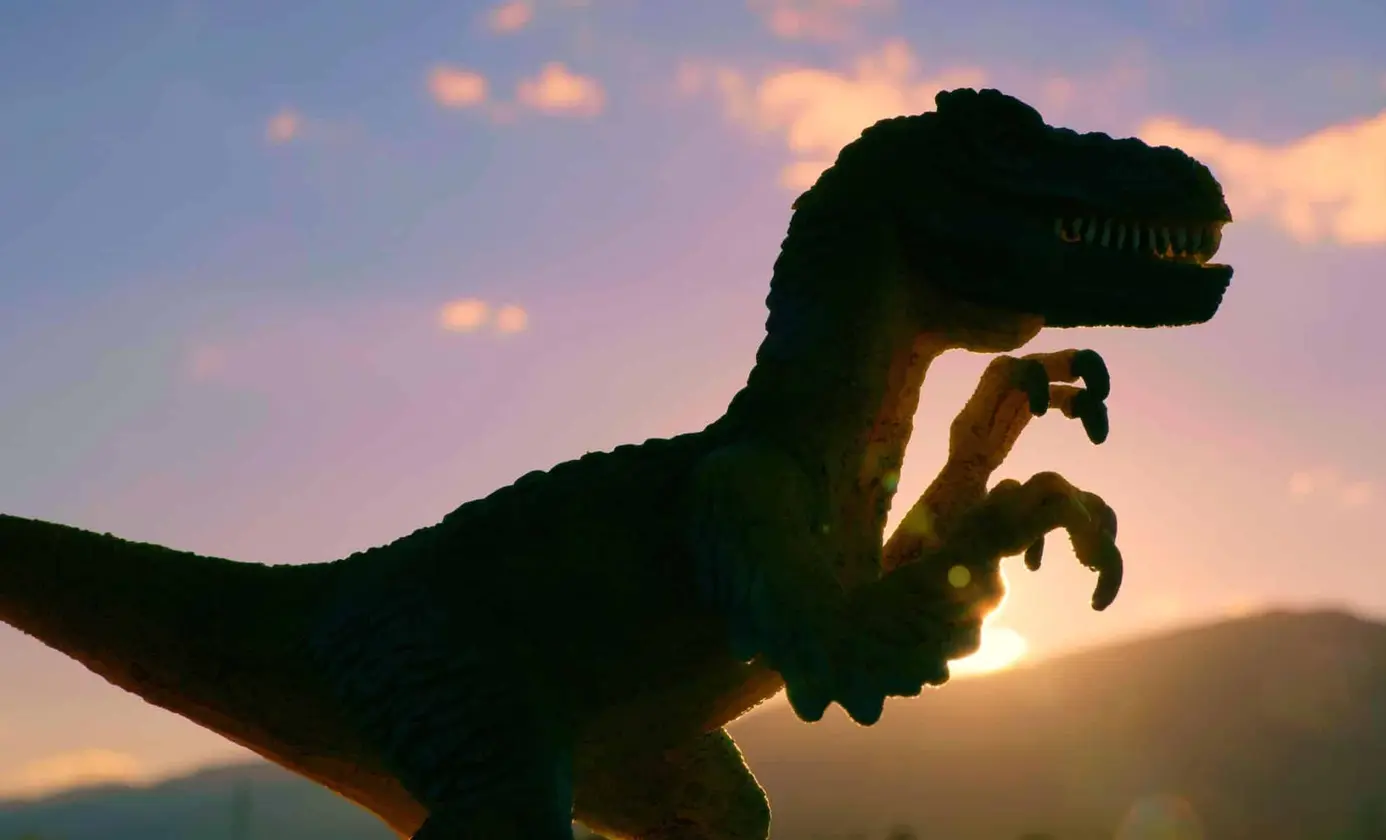T4K3.news
Triassic Dragon Fossil Found
New fossils from China show an exceptionally long neck reptile and boost our view of Triassic life.
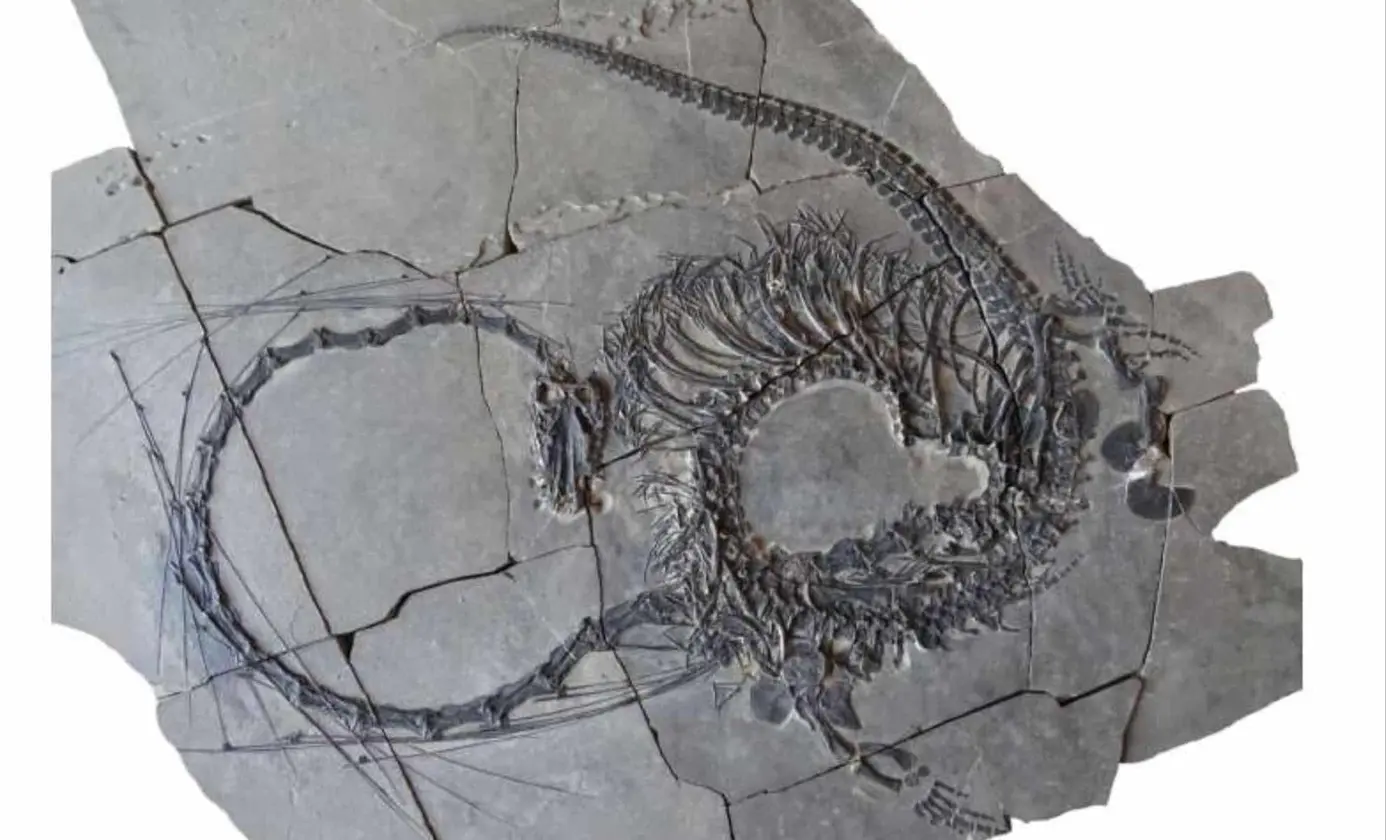
A long-necked marine reptile fossil from China offers new clues about Triassic life and echoes mythic dragon imagery.
Triassic Dragon Fossil Redraws Marine Evolution
In February 2024, a team of scientists from China, the United States and Europe reported new details about Dinocephalosaurus orientalis, a marine reptile that lived about 240 million years ago in the Middle Triassic. Fossils from the Guanling Formation in Guizhou Province allow researchers to study a creature famed for its exceptionally long neck. The skeleton reveals 32 cervical vertebrae and a life history that included live birth. The study, published in Earth and Environmental Science Transactions of the Royal Society of Edinburgh, also notes adaptations for ocean life, including fin-like limbs and evidence of a fish-rich stomach. Together, these findings illuminate how this animal hunted, moved, and fit into Triassic marine ecosystems.
Beyond anatomy, the discovery shows the value of international collaboration in paleontology. New material from Guanling Formation continues to reshape ideas about Triassic ecosystems and the pace of evolution after the Permian extinction. The researchers compare Dinocephalosaurus with related long-necked reptiles and point to diverse feeding and reproductive strategies in ancient seas. By linking regional geology with biology, the team demonstrates how a single specimen can expand our view of life in the Triassic oceans.
Key Takeaways
"The discovery of the additional fossils allows us to see this remarkable long-necked animal in its entirety for the first time."
Dr Nick Fraser, National Museum of Scotland, commenting on the new skeleton.
"Dinocephalosaurus is unique in that it has many more vertebrae in both its neck and trunk than Tanystropheus."
Dr Stephan Spiekman on anatomical differences among long-necked reptiles.
"This was an international effort. In collaboration with colleagues from the United States of America and Europe, we used newly discovered specimens to expand our previous knowledge."
Dr Li Chun describing the collaboration behind the study.
"Among all the extraordinary Triassic finds we have made in Guizhou Province, this marine reptile probably stands out as the most remarkable."
Dr Li Chun assessing the significance of the Guizhou discoveries.
The finding challenges simple narratives about the Triassic world and the tempo of evolution after the Permian crisis. A neck this long implies a specialized niche and a different approach to hunting. The viviparous nature adds another layer to our understanding of early reptile life histories. Taken together, the fossil hints at a more varied and dynamic marine ecosystem than once portrayed in textbooks.
Public imagination is sparked by the dragon likeness, but the science hinges on careful interpretation and robust data. This work also shows why cross border collaboration matters: international teams can test ideas, share specimens, and cross-check conclusions. As more Guanling fossils emerge, researchers will sharpen the picture of how Triassic seas supported a range of extraordinary reptiles.
Highlights
- The neck tells a story not just about bones but about the sea that raised them.
- Science moves forward when fossils meet international partners.
- A living dragon of the Triassic forces us to rethink early marine life.
- Time travels in bone and curiosity.
Science keeps turning old stones into new stories.
Enjoyed this? Let your friends know!
Related News
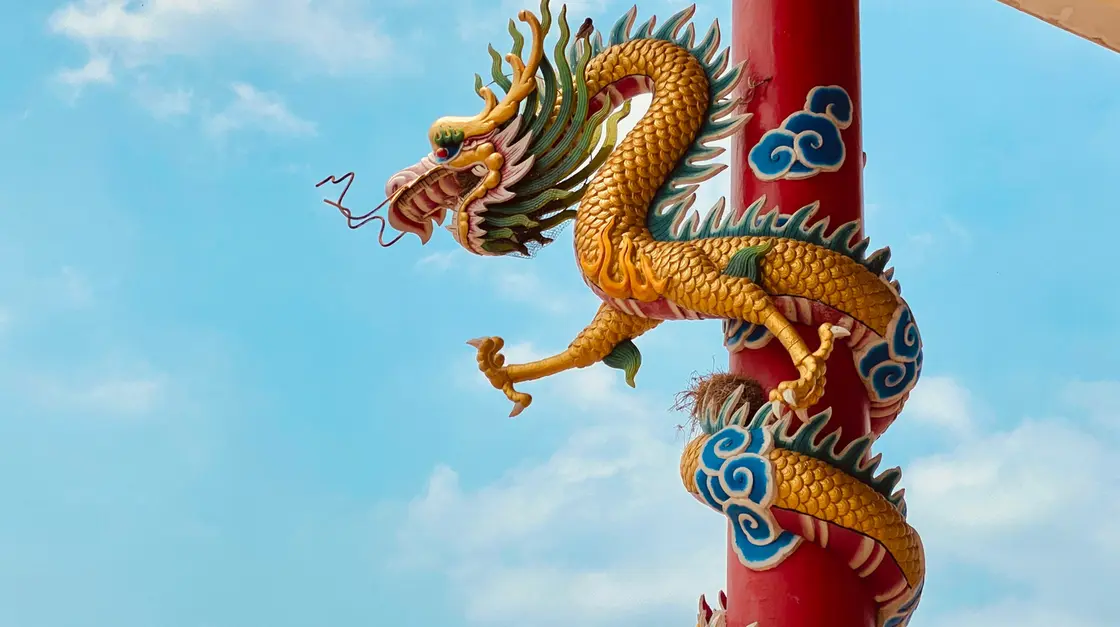
New details emerge about prehistoric 'dragon' fossil
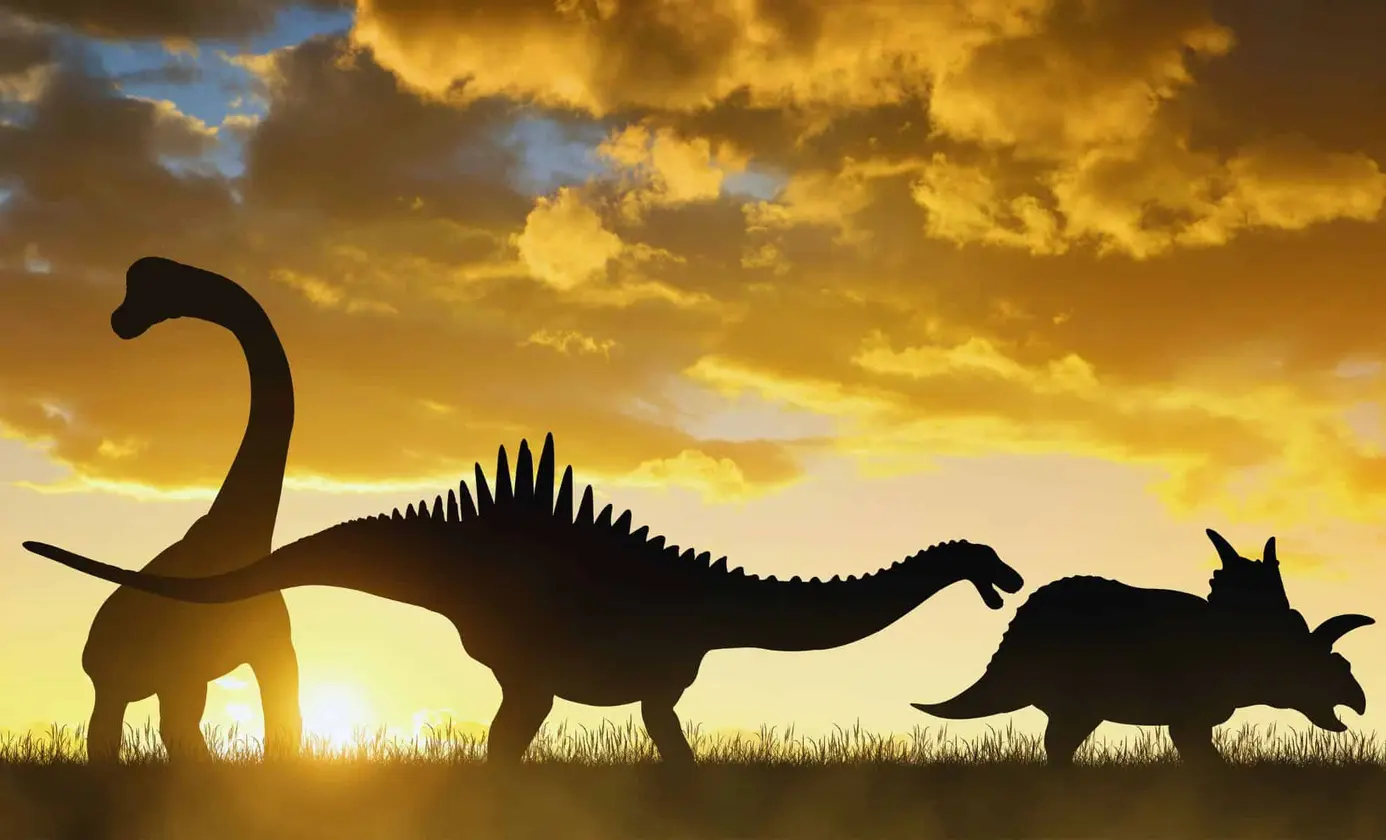
Study Reveals Possible Size of Early Dinosaurs
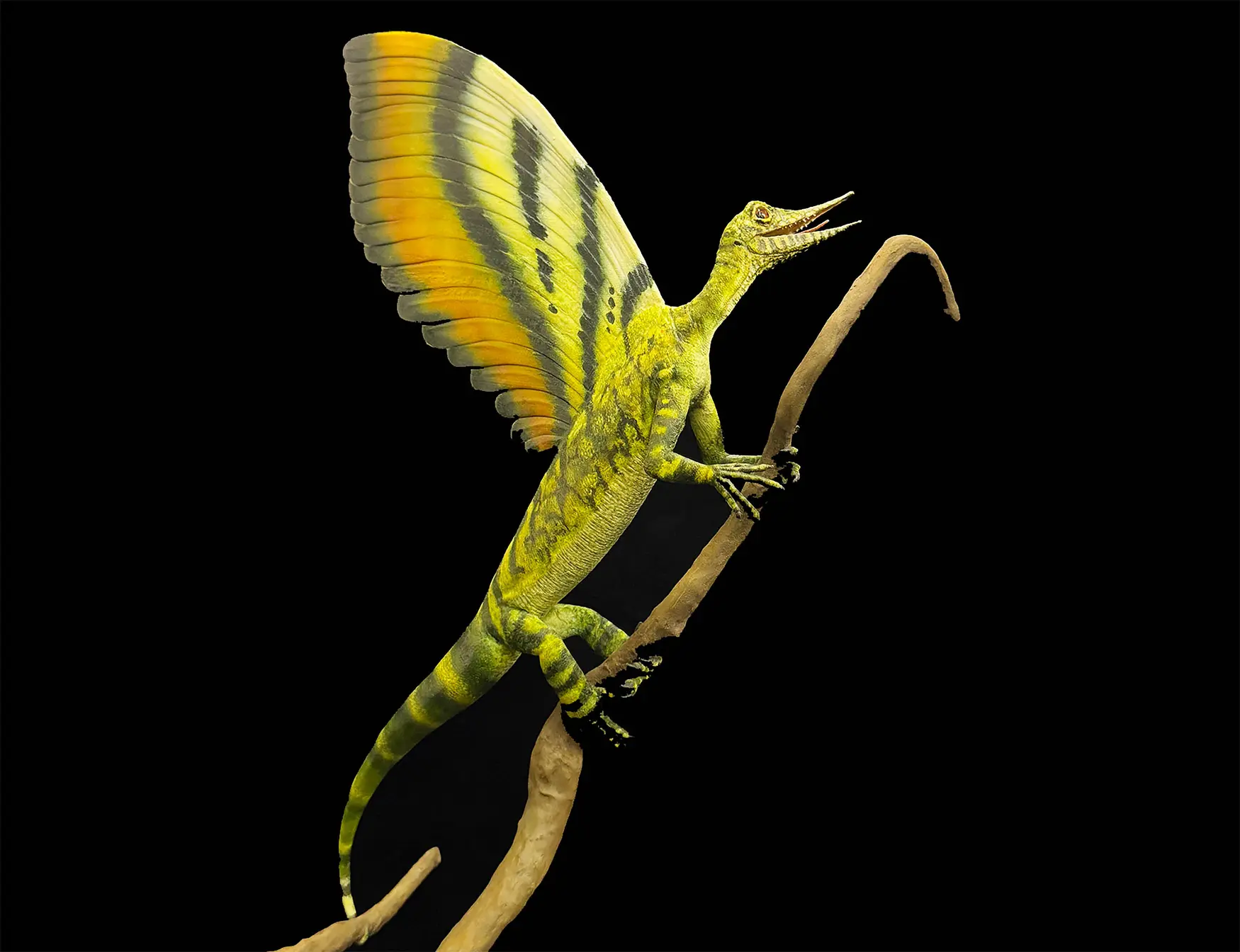
New fossil discovery challenges reptile evolution theories
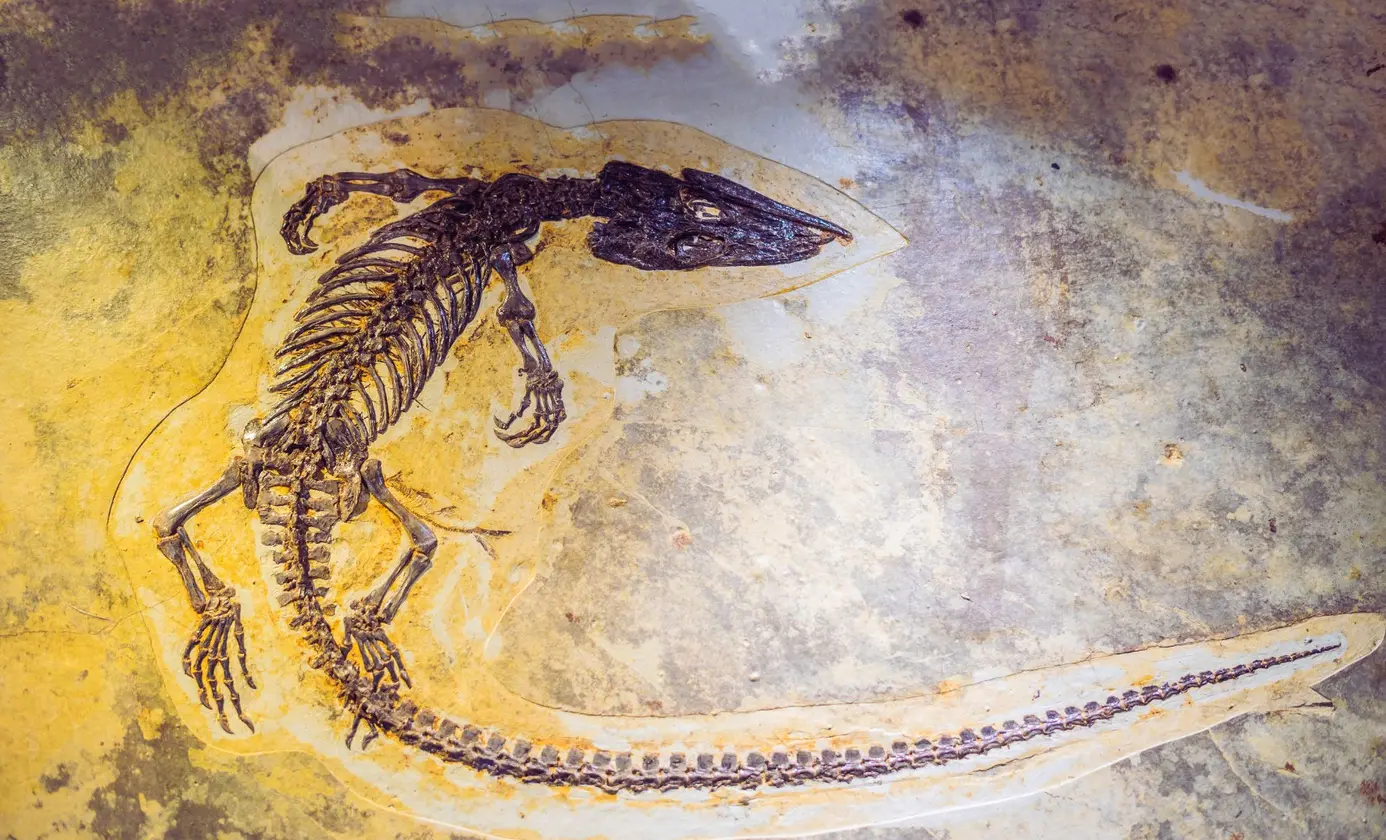
Oldest docodontan fossil found in Greenland

New Triassic reptile discovery changes views on feather evolution
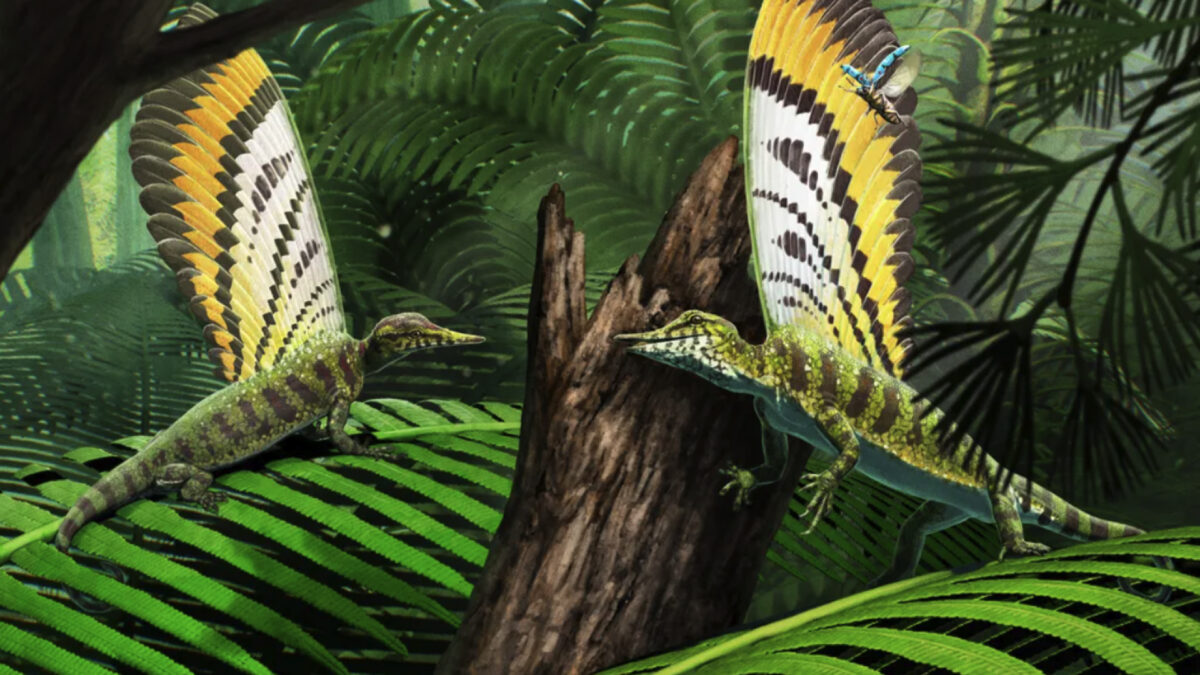
Triassic reptile skin discovery reshapes evolutionary understanding
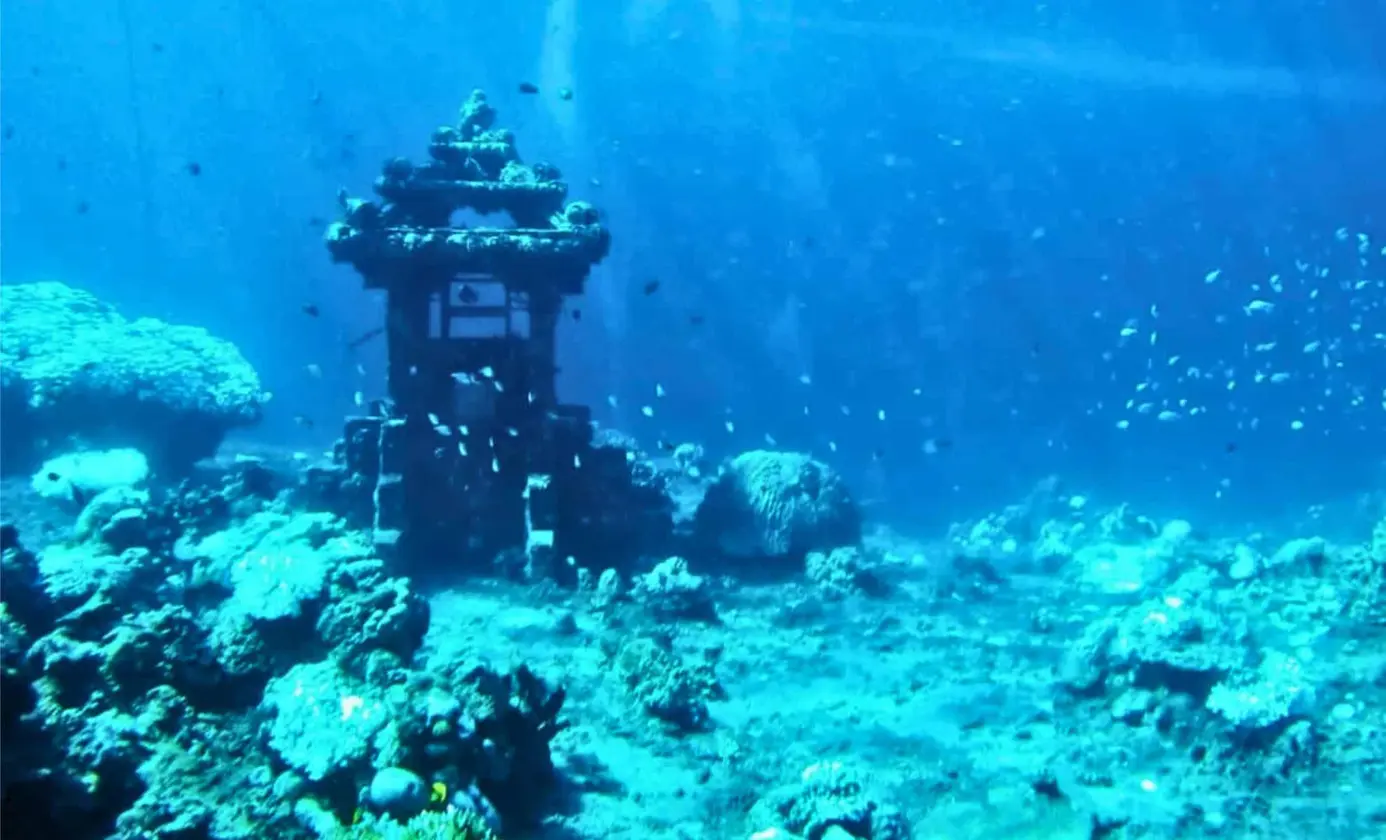
Ancient fossils discovered in Indonesian Sea
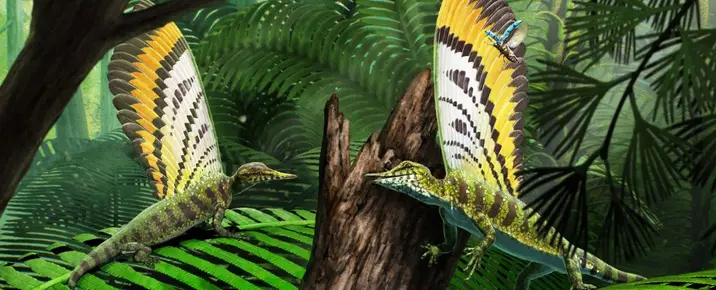
Unique reptile fossil offers new insights into evolution
